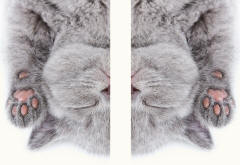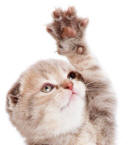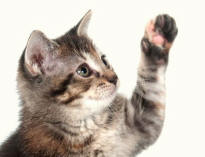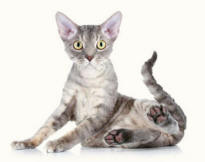Glossary

Gait
The pattern of movement of animals during (terrestrial) locomotion.
Gaits used by cats and dogs include the walk, the amble, the pace, the trot, the canter and the gallop.
Gaits used by cats and dogs include the walk, the amble, the pace, the trot, the canter and the gallop.
Limb
An appendage to the main body of an organism.
For example, an arm, leg, flipper or wing.

For example, an arm, leg, flipper or wing.

Forelimb
Either of the cranial (anterior or front) limbs.


Hind Limb
Either of the caudal (posterior or rear) limbs.


Contralateral
Relating to the opposite side of the body.
For example, diagonally contralateral limbs are limbs on diagonally opposite sides of the body.
For example, diagonally contralateral limbs are limbs on diagonally opposite sides of the body.
Pace
A symmetrical, relaxed gait between the walk and the trot, in which ipsilateral limbs move in unison.
Weight is transferred from one side to the other, usually resulting in a rolling motion of the body. It offers faster speed than the walk but expends less energy than a trot.
Weight is transferred from one side to the other, usually resulting in a rolling motion of the body. It offers faster speed than the walk but expends less energy than a trot.
Title7
text
Title8
text
Title9
text





